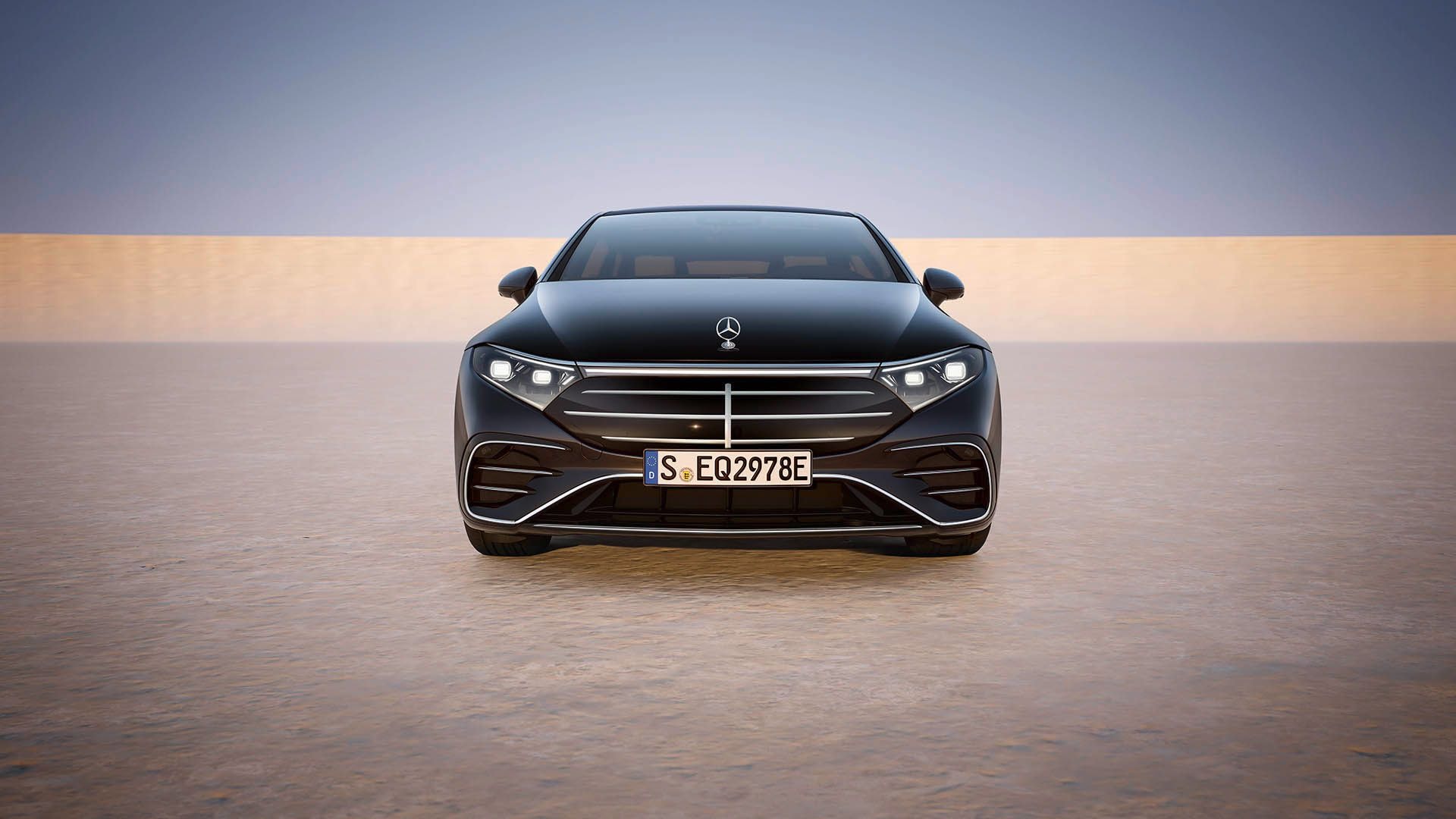Some of our electric car-owning readers already reap the benefits of solar energy with roof-mounted panels, but on a grid level solar still has a long way to go.
The U.S. Department of Energy wants to change that, revealing targets that would mean one third of the Western U.S. energy demands could be satisfied by solar by 2050.
According to Clean Technica, it could also save Americans $20 billion a year in energy costs, and reduce emissions to just 20 percent that of 1990 levels.
The DoE's SunShot Initiative is designed to "reduce cost and uncertainty in future low-carbon electricity systems". Carbon tax systems will get a large-scale solar project off the ground, but the eventual aim is to reduce the cost to such a point it's the more cost-effective solution for consumers.
If it works, it could save consumers up to 14 percent from their bills, or around $20 billion annually.
Electric cars will work hand-in-hand with the solar industry on reaching these targets, and not just because they'll be one of the beneficiaries of greater solar energy production.
Batteries for all
The ebb and flow of solar and wind energy is a difficult thing to control, and rarely tallies with when demand for electricity is highest. As a result, the cost of implementing wind and solar energy needs to account for ways of storing that power when it's produced, ready for when it's needed.
That means batteries, and as you'll be aware, that also means high costs. Much of the cost of current electric cars is in their batteries, but it's a cost coming down as more electric cars are built and the cost of development and production is amortized across a wider range of products.
What a really gigantic solar power plant looks like
It's the same for energy companies, as they look for ways to store energy from renewable sources. It leads to greater investment in batteries, and both the energy industry and the automotive industry will benefit.
Lower energy costs, cheaper electric cars
In turn, those are benefits that could be passed to the consumer. The solar industry expects to reach grid parity--a state where it can compete, without subsidies, with retail electricity prices--by 2020. Costs need to drop just $0.06 cents per kilowatt-hour to do so.
Battery storage can help reach that lower cost, but storage is as much about tailoring supply to demand as it is reducing costs.
Where those cost benefits will stem from is less clear. It could be China, a country investing heavily in all manner of industries--and it may mean that much of America's future solar industry, be it storage or photovoltaic panels, is outsourced to the other side of the world.
That's not necessarily a bad thing--many hands make light work, as it were--but grid parity does depend on how soon major companies get on board.
For a more positive spin, rapid growth in the energy storage industry could mean rapidly declining costs for electric vehicles. And as such, the benefits come full circle: Electric cars get cheaper to buy, cheaper to run, and greener to recharge.
[Hat tip: Brian Henderson]
_______________________________________________________
Follow GreenCarReports on Facebook, Twitter, Instagram and Google+













